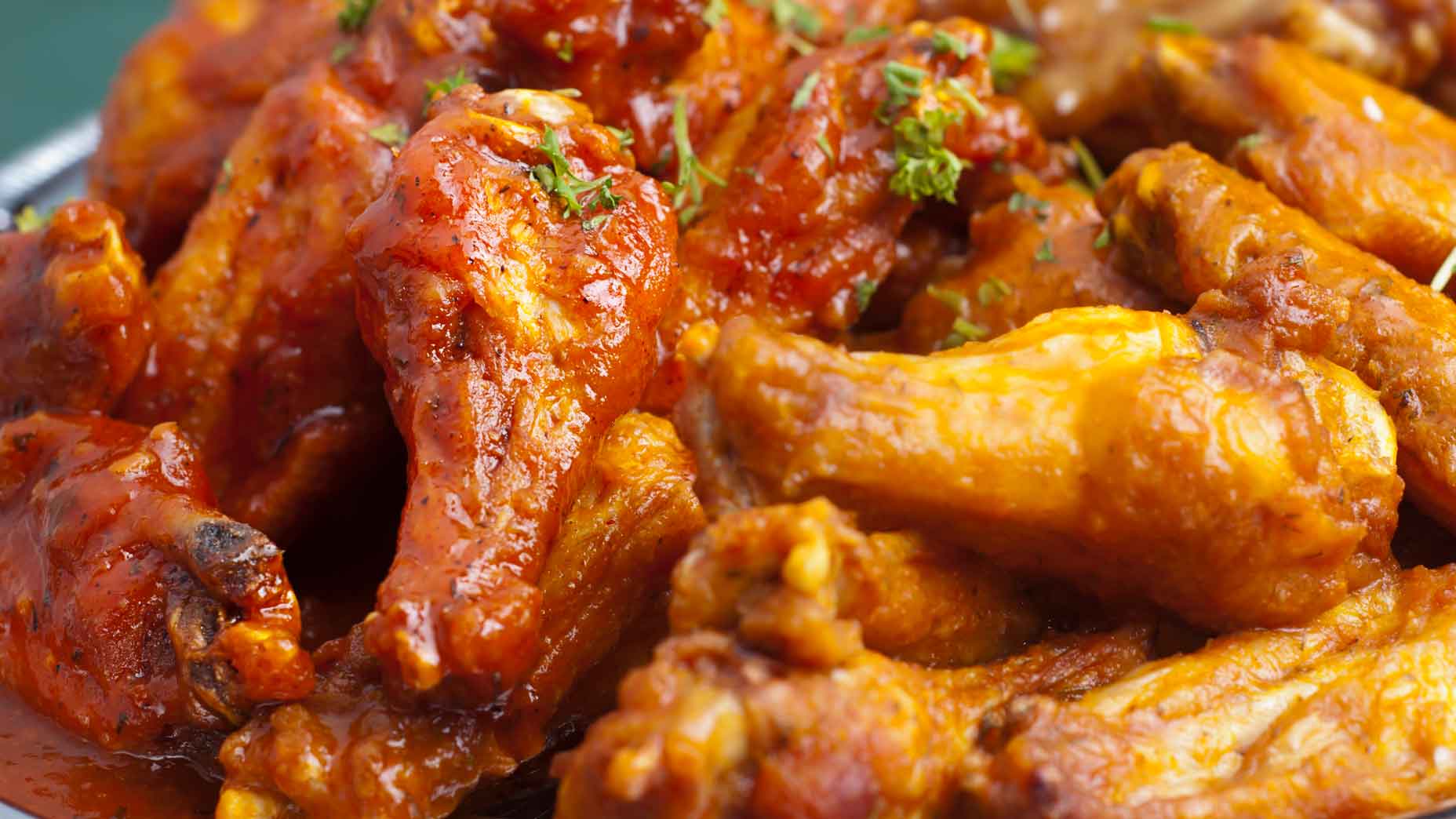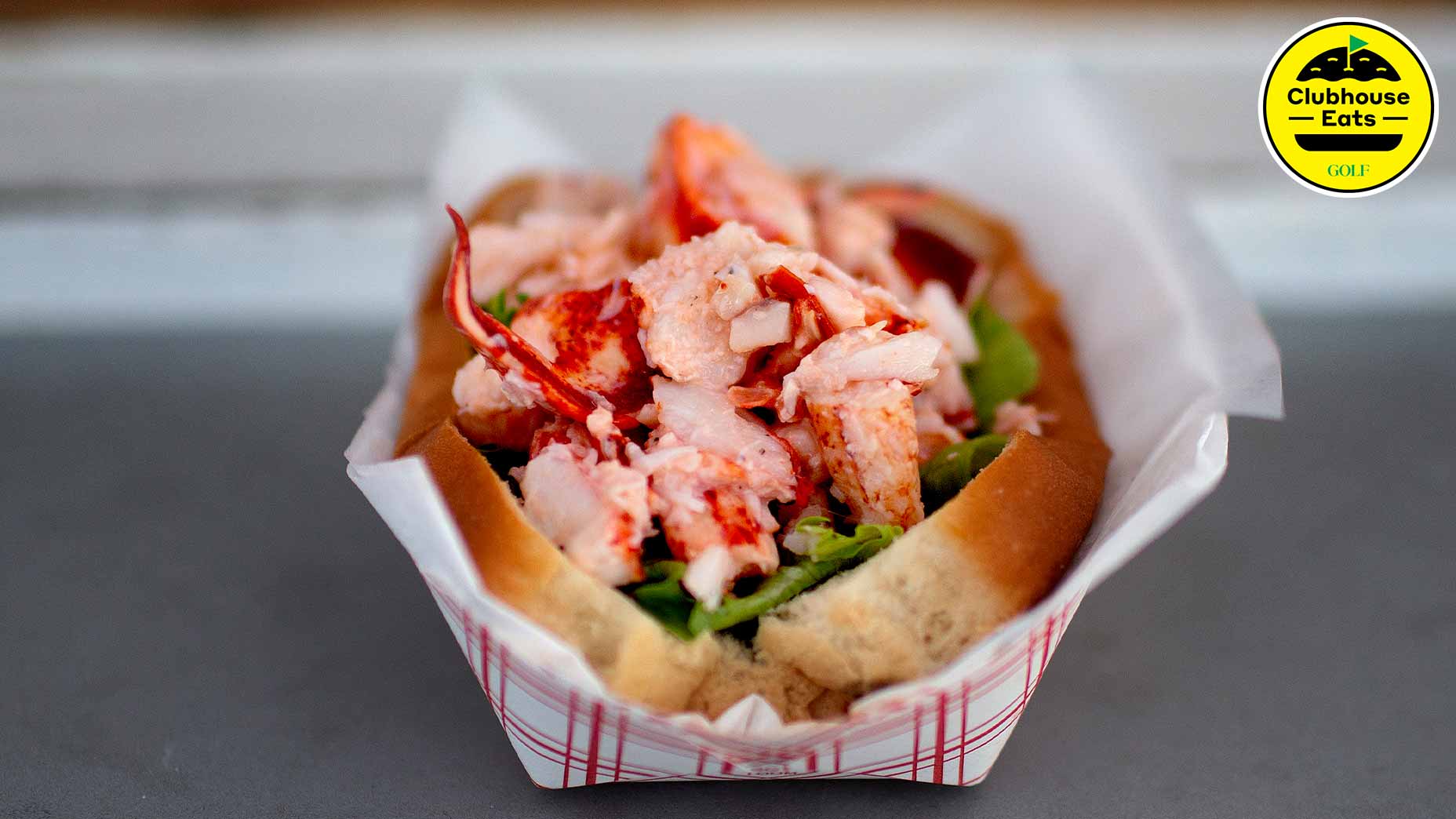The secret to making perfect roast chicken, according to a world-renowned chef

You, too can make restaurant-quality roast-chicken at home.
Deborah Jones
Welcome to Clubhouse Eats, where we celebrate the game’s most delectable food and drink. Hope you brought your appetites.
***
Like the world’s best golfers, the world’s best chefs make it look so easy. The good news is, sometimes it really is.
Take the way that Thomas Keller does roast chicken. As the Michelin-three star chef behind the French Laundry, in California, and Per Se, in New York, among other celebrated restaurants, Keller is a master of haute technique (he’s also a golf fanatic and a regular participant in the AT&T Pebble Beach Pro-Am). But he keeps things basic when he roasts his birds. No basting. No oil. No stuffing. No fussing. He just seasons the chicken with salt and pepper, then blasts it in a 450-degree oven for about an hour. You can check out his recipe here. It’s the culinary version of a two-inch putt: anyone can make it, though it’s always wise to follow these fundamentals.
1. Dry your chicken thoroughly
Keller doesn’t brush his birds with oil or bathe them in butter prior to putting them in the oven, and there’s a reason: the less moisture, the crispier the skin. Blotting your chickens dry with paper towels before you roast them is a good old-fashioned step. But you can do more. At his restaurants, Keller preps his chickens well in advance, leaving them to air-dry in walk-in refrigerators for 24 to 36 hours. If you’ve got the time, do the same at home, setting the chicken, uncovered, on a rack over a pan, so that no raw chicken juices drip onto other items. As the skin dries, it will start to look translucent, “almost like your grandmother’s skin,” Keller says. Don’t be alarmed. That’s a good thing. In the dry heat of the oven, without any added moisture, that skin will turn beautifully crisp and bronze.
2. Temper your bird
In the kitchen, as on the course, amateurs tend to make the same mistakes. Just as weekend golfers slice, home cooks often err by putting proteins in the oven when they’re still cold. Do this to your chicken, and you’ve pretty much doomed your chances of roasting it right. It’s crucial, Keller says, to take the chicken out of the refrigerator and let it come to room temperature prior to roasting. How long this will take depends on a range of factors, including the size of the chicken and the temperature of your kitchen. But about an hour should do it. Again, don’t be leery of this step. It’s a perfectly safe process, and it’s key to producing an evenly cooked bird.
3. Season inside and out
While you’re showering the outside of the chicken with salt and pepper, don’t forget to season the cavity, too. Adding other elements, like onions or lemons, is perfectly okay but not required, Keller says. In the end, much like a golfer envisioning a shot, many of us have an ideal image of a dish in our mind before we make it. If your ideal roast chicken has lemons, onions or certain herbs inside it, by all means, pursue your dream.
4. Truss yourself
If you learned to tie your shoes, you can learn to truss a bird. (You can even watch Keller trussing a chicken here, starting at the 1:55 mark of the video). Failing to do so isn’t going to ruin your chicken. But tying up your bird with a bit of twine will keep it more compact and prevent the breast meat from drying out before the thighs and legs are cooked.
5. Take carry-over cooking into account
Remember, when you take the chicken out of the oven, it will continue cooking, which means that a bird that seems perfect when you first remove it might be overdone by the time you eat it. There are all kinds of ways to test for doneness; experienced cooks can usually tell by look and touch. If you’re using a meat thermometer, a good rule of thumb is to cook until the thick part of the thigh reaches an internal temperature of 155 degrees. At that point, take the bird out and let it rest for 15 to 30 minutes. It should be just right when it’s time to carve.
6. Give yourself the first prized bites
You did the work. You deserve rewards. When he roasts a chicken, Keller treats himself to at least one of the best parts, and he recommends that you do the same. That means partaking of either the crispy middle wing joint, the oysters (round pieces of dark meat on the back of the bird, near the thigh) or what chefs know as the “pope’s nose,” the fleshy tag at the rear end of the bird.














